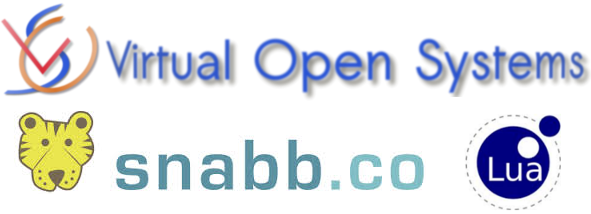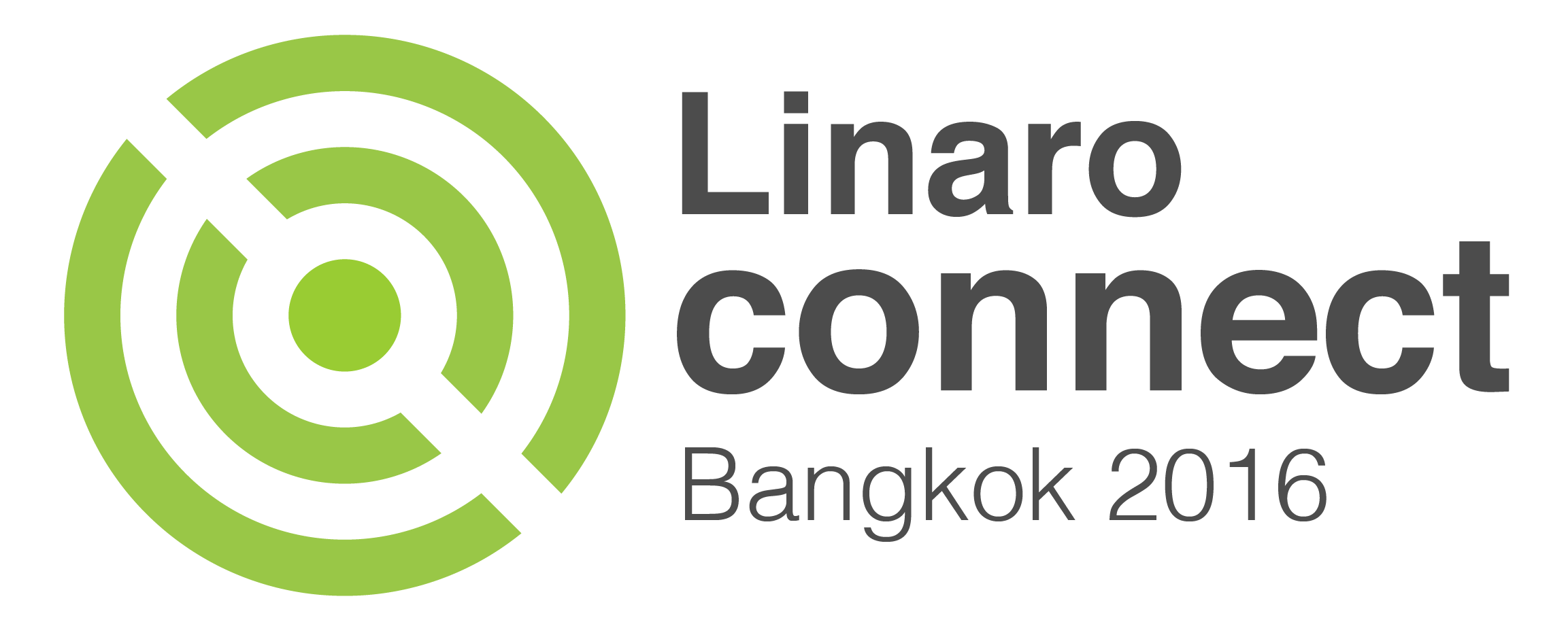Virtual Open Systems Newsletter
In this edition, Virtual Open Systems highlights its latest development activity, scientific dissemination and innovation projects related to Networking Functions Virtualization (NFV) user space virtual switch and its integration with ODP showcased at LinaroConnect BKK16, exascale computing new HPC projects, QEMU extensions developments to enable parallel multi-thread execution and as well automotive mixed-criticality software stack product activities.
- Software stack development: VOSYSwitch user space virtual switch
- Leading the innovation: ExaNode and ExaNest to enable exascale HPC
- NFV-SDN scientific paper: Cutting-edge NFV dissemination
- Open Source leadership: Parallel QEMU open source extensions
- Product development:: VOSYSmonitor for mixed-criticality systems
- Demonstrator news: Virtual Open Systems at BKK16 Linaro Connect
Networking Functions Virtualization vSwitch, Exascale HPC Projects, Parallel QEMU Extensions and Mixed-Criticality Automotive SW Stack

Virtual Open Systems provides a software stack vSwitch product solution, VOSYSwitch, for high performance NFV deployments, based on an open standard VIRTIO interface, and the Virtual Open Systems vhost-user. The product leverages the open source Snabb framework providing company-backed support, additional custom features and openstack integration. An openstack integrated showcases VOSYSwitch performances reaching TCP throughput of nearly 10 Gbps with a single virtual machine and exceeding 6Gbps under three VNFs service chaining conditions; while running a stress test of the demonstrated NFV infrastructure, the web server under test is able to serve 95% of the requests within a 22ms latency.

Virtual Open Systems has recently kicked-off two H2020 European projects: ExaNoDe and ExaNeSt. These two projects, both aligned with the goals of the ETP4HPC, aim at defining the next generation platform for the HPC domain towards the exascale computing paradigm. The aim of ExaNoDe is to develop and pilot a highly efficient, highly integrated, high performance, heterogeneous compute element. ExaNeSt instead will develop, evaluate, and prototype the physical platform and architectural solution for a unified Communication and Storage Interconnect. Virtual Open Systems will use its expertise in virtualization and networking to implement virtualization for HPC, more precisely: virtualization of accelerators, virtual machines save/restore capabilities, virtualization of RDMA and HPC API Remoting.

Virtual Open Systems' commitment to NFV cutting-edge research and development results has been disseminated, on last November 2015, in two international conferences. First, the Company presented the paper "SnabbSwitch userspace virtual switch benchmark and performance optimization for NFV" at the IEEE NFV-SDN15 conference; this scientific article consists of an extensive virtual switches benchmark study for x86 KVM virtual machines which compares the performance of Snabb (the open source project which gives foundation to the VOSYSwitch user space virtual switch Company product) with OVS, OVS-DPDK, Linux bridge, VFIO and SR-IOV. Second, with the scientific work “KVM, Xen and Docker: a performance analysis for ARM based NFV and Cloud computing” presented at the AIEEE 2015 conference, Virtual Open Systems sets the first stone toward the implementation of ARM NFV deployments, by analyzing the CPU, networking and Input/Output (IO) performance of KVM, XEN and Docker virtualized environments.

QEMU is closer and closer to become a multi-threaded software emulator, capable of running multiple guest cores in a real parallel execution. Virtual Open Systems effort for making it happening has continued over the last months, by continuously submitting new QEMU patch series to the open source community. Furthermore, this contribution has been extended to cover the ARMv8 architecture. Soon, it will be possible to launch ARMv8 guests with real multiple cores, making QEMU the perfect, completely open-source, candidate for aarch64 platform emulation. Once more, the system emulation will not only be faster, but more accurate and scaleable in many-core host systems.

A key trend in the design of embedded systems is the integration of applications of different levels of criticality, which interact and co-exist on a common hardware platform. In this context, embedded automotive platforms are modern mixed criticality systems where strong requirements related to latency, performance, cost, space, weight and power consumption have to co-exist together. Virtual Open Systems product solution, VOSYSmonitor, based on ARM TrustZone, allows to run concurrently a Trusted Operating System in the secure world for critical operations and an In-Vehicle Infotainment (IVI) system along with virtualization extensions in the normal world. TrustZone defines a secure operational mode that can be completely isolated (memory, devices, etc) from the normal mode. The design goal of VOSYSmonitor is to give the full priority to the secure world application in order to meet real-time constraints and to target the ISO-26262 certification.

Virtual Open Systems demonstrates its VOSYSwitch technology integrated with Linaro's ODP, on a variety of ARMv8 server platforms. The Virtual Open Systems booth at Linaro Connect, Bankgkok 2016, showcases the state of the art advancements and bleeding-edge technology of NFV on ARM devices. In this VOSYSwitch is used to connect chained VNFs, while the virtualized infrastructure is implementing an OpenFastPath web server behind an ODP enabled packet filtering firewall. Additionally a presentation has been provided, where the experience of porting Snabb, through VOSYSwitch implementation, to the ARM architecture is shared, along with how ODP can be adopted as a driver layer for utilizing the hardware resources available.
- Newsletter 2013 09
- Newsletter 2014 03
- Newsletter 2014 09
- Newsletter 2015 03
- Newsletter 2015 09
- Newsletter 2017 09
- Newsletter 2016 09
- Newsletter 2017 03
- Newsletter 2020 09
- Newsletter 2018 03
- Newsletter 2018 09
- Newsletter 2019 03
- Newsletter 2019 09
- Newsletter 2020 03
- Newsletter 2020 09 jp 日本語
- Newsletter 2022 09
- Newsletter 2021 03
- Newsletter 2023 12
- Newsletter 2021 03 jp 日本語
- Newsletter 2021 09
- Newsletter 2021 09 jp 日本語
- Newsletter 2022 03
- Newsletter 2024 06
- Newsletter 2022 09 jp 日本語

 VOSySofficial
VOSySofficial




